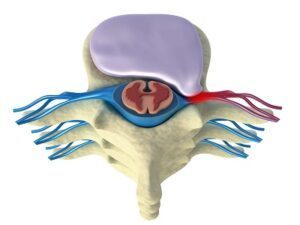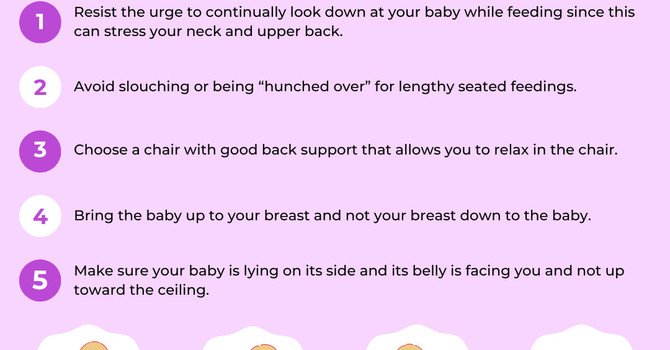
Here in Oregon, we like to hike, mountain bike, ski, raft, and paddle our way through our beautiful state. With all that physical activity, it is no surprise that one of the most common reasons people in the Eugene and Springfield area seek treatment with the chiropractors at Back2Strength is for lower back pain. There are many causes of lower back pain, one of which is a herniated disc.
Herniated (or “slipped”) discs are commonly responsible for pain, numbness, and weakness in the back, neck, legs, and arms. As painful and challenging as they are in some cases, other people may not even realize they have a herniated disc until a spinal image is taken. Regardless of the degree of pain one may be experiencing, herniated discs are worth addressing as soon as possible, as they can progress and lead to serious nerve damage if left untreated.
What is the difference between a herniated disc and a disc bulge?
There are 23 discs located between the vertebrae of the spine which act as spacers and shock absorbers. Each disc is made up of two components. The first component is an outer ring of fibrous tissue called the annulus fibrosous, which is composed of strong overlapping circular layers that surround and contain the inner most portion of the disc called the nucleouspulposous. This inner portion is a gel-like structure which provides the shock absorbing qualities to the disc.
Sometimes, due to age, repetitive stress, or an injury, the outer ring can weaken and cause the inner portion of a disc to bulge or deform outward, which is what we call a disc bulge or disc herniation. These terms are often interchanged and there is confusion regarding their proper use. However, in 2001 several spinal related professional societies came together and developed recommendations that were adopted by major orthopedics, neurologic, and radiologic organizations in the United States. These recommendations were updated in 2014 and defined them as follows:
Disc herniations are defined as “a localized displacement of disc material that is 25% or less of the circumference of the disc”; and a disc bulge occurs when a larger part of the disc (greater than 25%) extends beyond the normal boundaries of the disc. Interestingly, even though disc bulges are larger, a disc herniation is usually much more painful as they often compress nerves traveling to the arms or legs leading to numbness, pain, or muscle weakness.
What causes it?
People will often herniate a disc by heavy lifting, sudden pressure on the back, or performing strenuous and repetitive activities. However, for many people, there is not aninciting event that one can attribute as the culprit. Sometimes things build over time and you may simply discover one day that you have significant pain, which is later diagnosed as a herniated disc.
How does chiropractic help?
At Back2Strength, our chiropractors carefully perform a comprehensive physical exam to determine if the reflexes are intact, if there is any loss in muscle strength, and if there is loss of sensation along the path of any specific nerve. We evaluate the entire spine, as what occurs in one area can often influence other areas of the body as well.Our chiropractors then create an appropriate treatment plan that often will include some form of spinal manipulation (called adjustments), spinal traction, and various therapeutic exercises and stretches.
Our focus is to improve alignment and motion patterns to help reduce pressure on any compressed nerves. For many, this alone can bring much-needed relief from the associated pain. Your chiropractor will monitor your progress carefully and give your feedback on how you are progressing.
If you are concerned you might be dealing with a disc issue and would like a more detailed evaluation with one of our Eugene chiropractors, please don’t hesitate to give us a call.
Yours in Health,
Dr. Gittins



